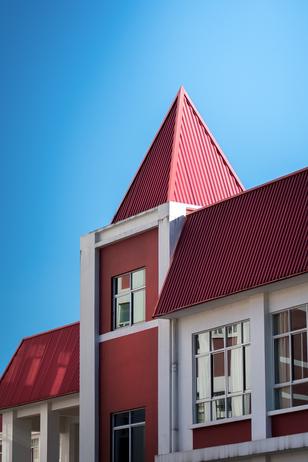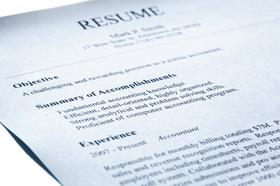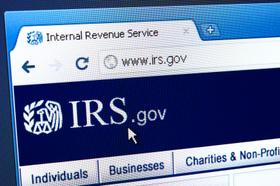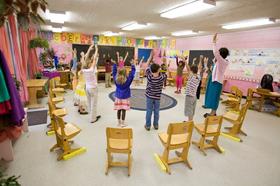Navigating the FAFSA & Financial Aid Timeline When You Choose Community College First
Choosing to begin your college journey at a community college is a smart move for many students: lower tuition, flexible schedules, and a chance to build your academic credentials. But to make the most of this option, understanding how to navigate the FAFSA (Free Application for Federal Student Aid) timeline and financial aid process is critical. Below is a clear, up-to-date guide (2025) designed for students, parents, and educators.
Why Timing the FAFSA Matters
Even though community college tends to cost less than a four-year university, federal aid like Pell Grants, Work-Study, and Direct Loans can make a meaningful difference. However, some funds are limited or awarded on a first-come, first-served basis — meaning applying early can increase your chances of getting more aid.
Additionally, each community college may set its own priority deadlines. If you miss those, your FAFSA might still be processed, but you may miss out on certain grants or timely disbursements.
Key Dates & Deadlines for the 2025–2026 FAFSA Cycle
Here’s a snapshot of the most important FAFSA timing for community-college students:
| Deadline Type | Important Date (2025–2026 Cycle) |
|---|---|
| Federal FAFSA Application Opens | October 1, 2024, for some; full rollout December 1, 2024 |


















